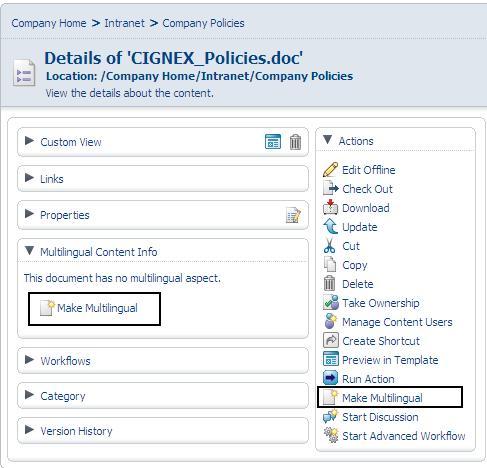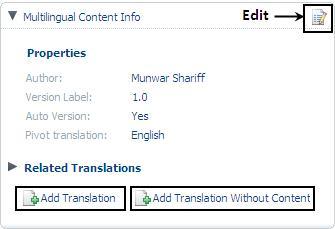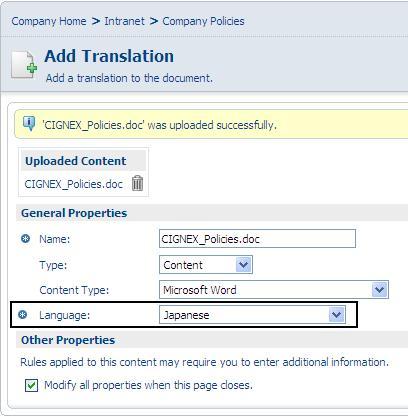Overview of this book
Alfresco 3.0 has generated a lot of curiosity with its new content management features. Users have been waiting for a book that covers these concepts along with the security, dashboards, and configuration features of Alfresco 3.
Alfresco 3 includes Alfresco Surf, a new N-Tier Architecture, which delivers scalability and accommodates more users on existing hardware resources. This new release also includes a draft implementation of the CMIS specification, and Microsoft Office SharePoint Protocol support. The new multi-tenancy features enable Alfresco ECM to be configured as a single-instance multi-tenant environment.
This well-crafted and easy-to-use book is a complete guide to implementing enterprise content management in your business using Alfresco 3. It covers the enhanced document management, a new web-based collaborative application called Alfresco Share, and various integration options with external applications.
Alfresco 3 offers true Enterprise Content Management (ECM) by providing an open source alternative to Microsoft SharePoint, Documentum, and Interwoven. It is the most popular Java-based CMS with over 1.5 million downloads, 50,000 live sites, 74,000 community members, and with more than 150 application extensions in forge. This book guides you through creating smart, collaborative content repositories and shows how to use Alfresco 3 to create more elegant document sharing, better collaborative working, and reliable automated workflow processes.
The book also explains how administrators can set up Alfresco 3 for multiple business units as a single-instance multi-tenant environment. Business users can leverage Alfresco Share, a new built-in web-based collaborative content management application bundled with Alfresco repository. It simplifies capturing, sharing, and retrieval of information across virtual teams.
This book shows you how to unleash the power of Alfresco 3 to create collaborative working systems in your enterprise






